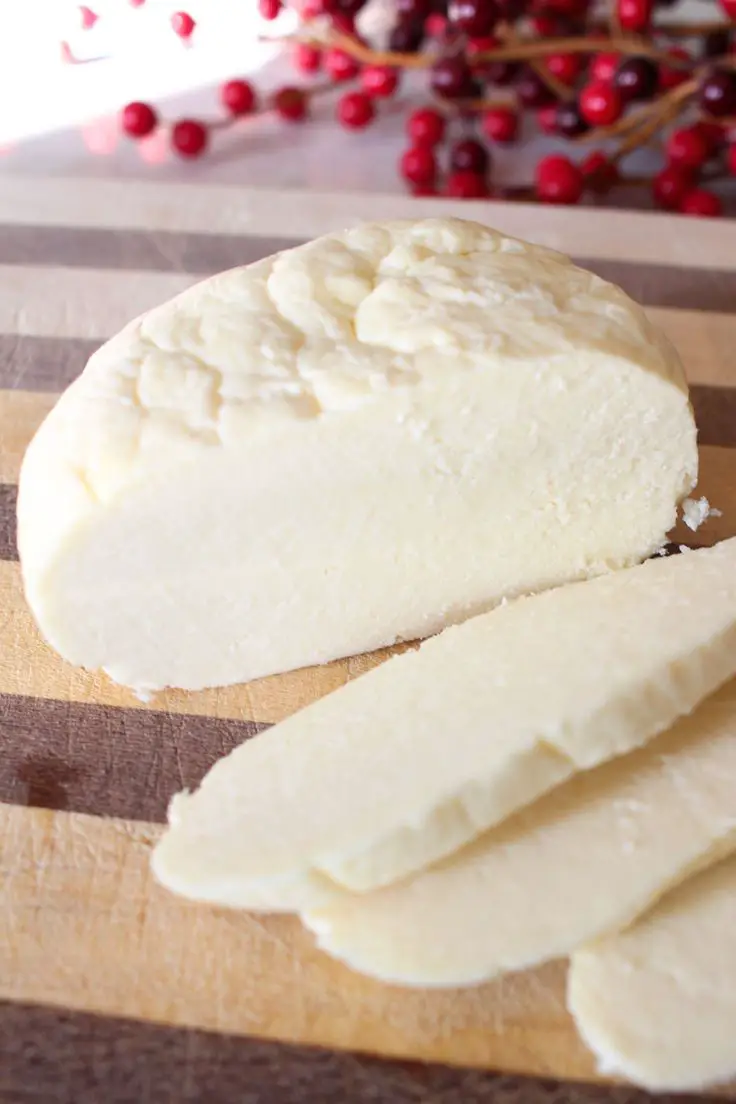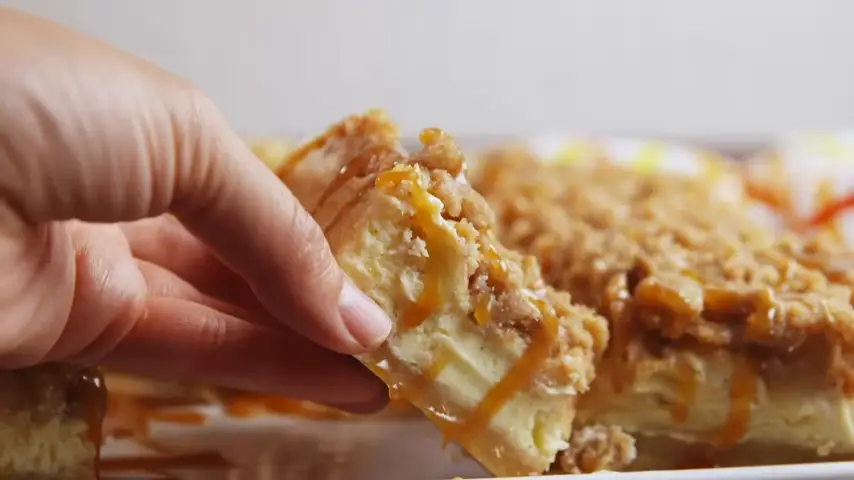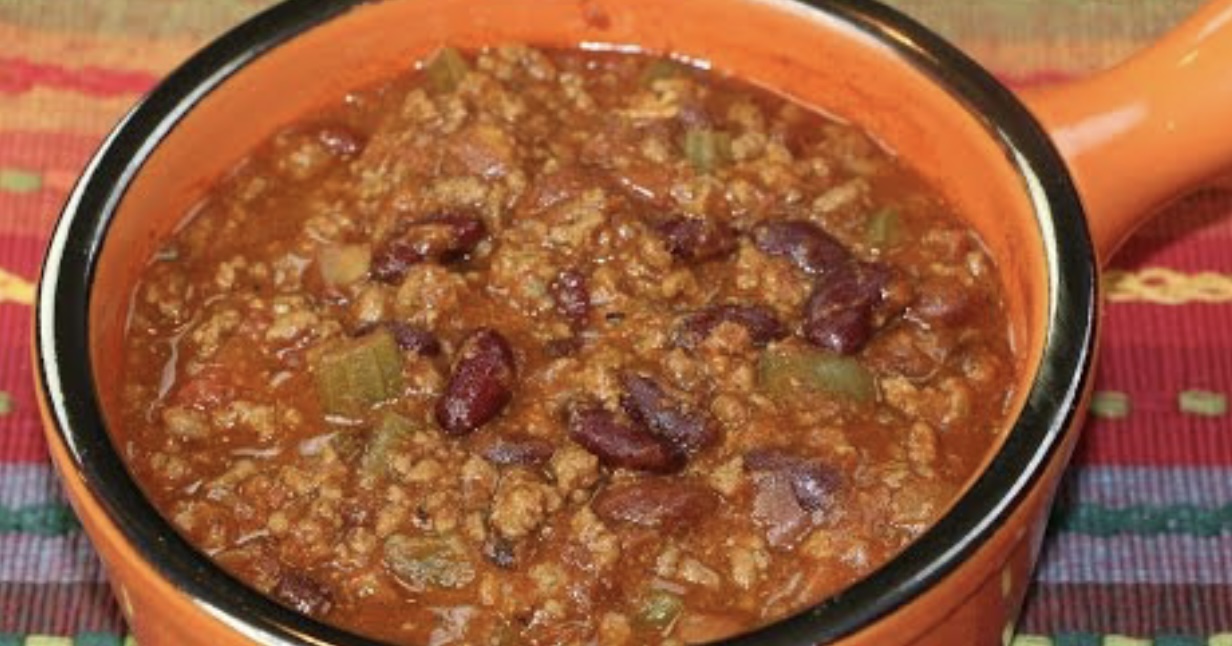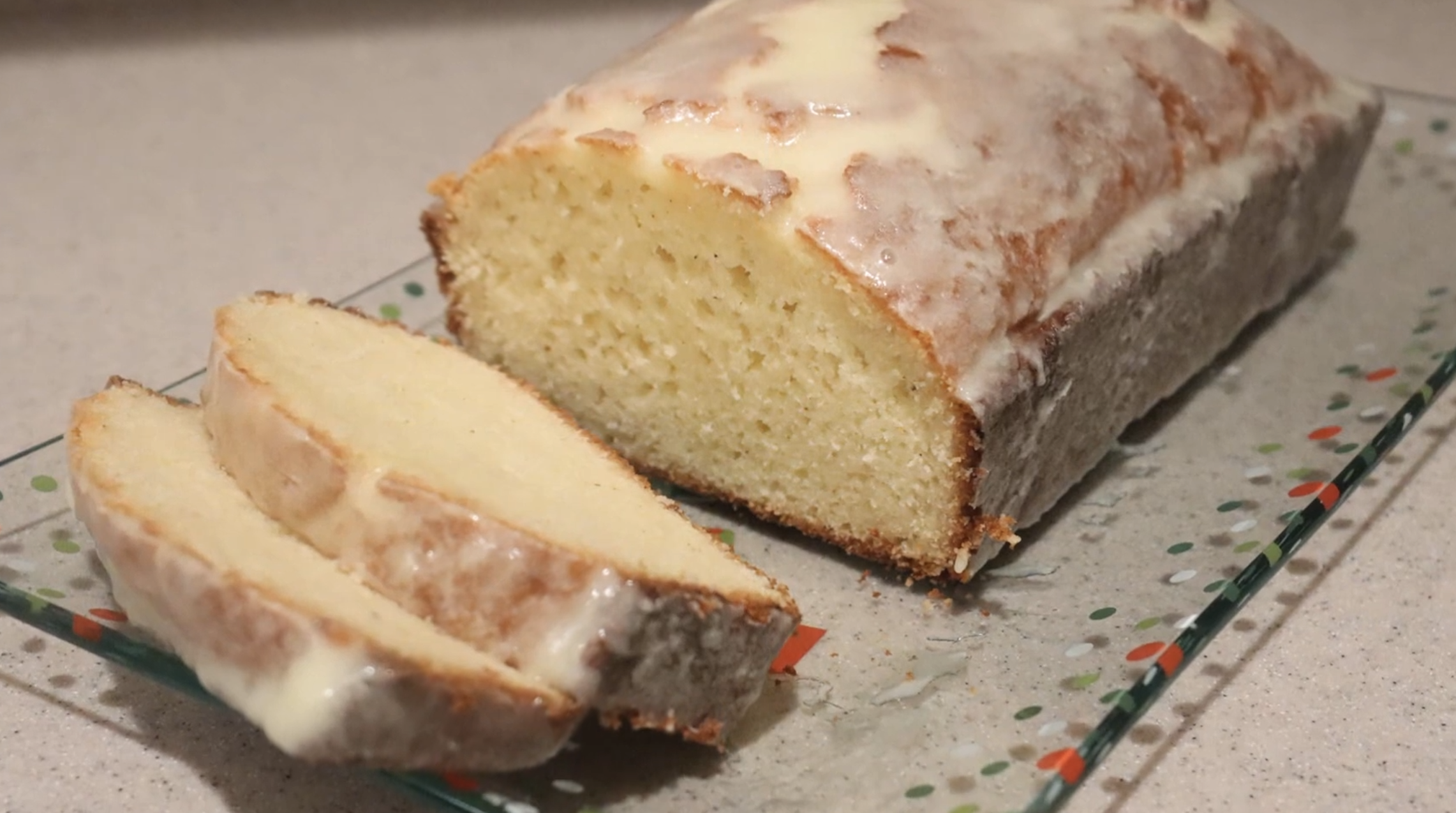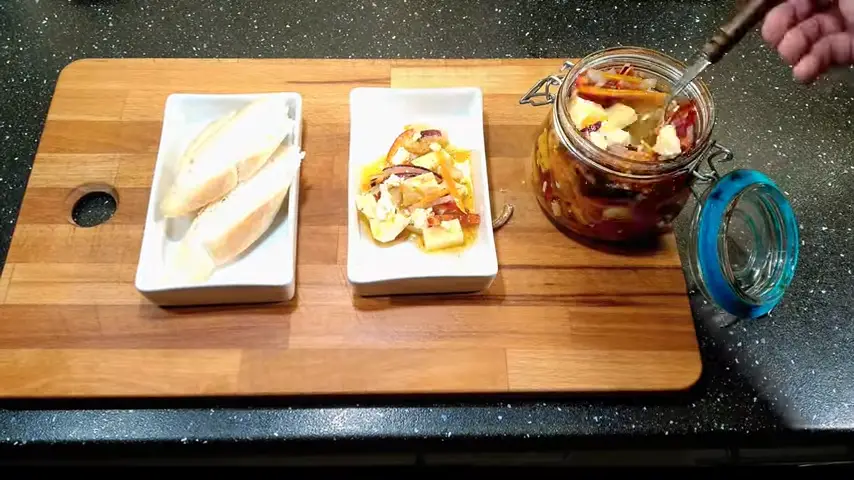Homemade Cheese Recipe
Introduction
There is something truly satisfying about making your own cheese from scratch. The process allows you to have complete control over the flavors and textures, making it a truly personalized culinary experience. In this article, we will guide you through the steps to make homemade cheese that is delicious, creamy, and perfect for any occasion.
Ingredients
For the Cheese:
- 1 gallon of whole milk
- 1/4 cup of white vinegar
- 1/2 teaspoon of salt
Optional Additions:
- Herbs and spices (such as garlic, thyme, or black pepper)
- Sun-dried tomatoes
- Olives
- Jalapenos
Steps
Step 1: Preparing the Milk
Start by pouring the gallon of whole milk into a large pot and heat it over medium heat. Stir occasionally to prevent the milk from scorching.
Step 2: Adding the Vinegar
Once the milk reaches a temperature of around 180°F (82°C), remove it from the heat and slowly add the white vinegar. Stir gently for a few seconds to distribute the vinegar evenly.
Step 3: Curdling the Milk
Let the mixture sit undisturbed for about 10 minutes to allow the curds to form. You will notice the milk separating into curds and whey.
Step 4: Straining the Curds
Line a colander with a cheesecloth and place it over a large bowl. Carefully pour the curds and whey into the colander, allowing the whey to drain away. Gather the edges of the cheesecloth and gently squeeze out any excess liquid.
Step 5: Shaping the Cheese
Transfer the curds to a clean bowl and add salt to taste. At this point, you can also mix in any optional additions, such as herbs, spices, or other flavorings. Use your hands to gently knead the curds until they come together and form a smooth, cohesive mass.
Step 6: Pressing the Cheese
If you prefer a firmer cheese, you can press it to remove additional moisture. Place the cheese in a cheese mold or wrap it tightly in cheesecloth and place a weight on top. Let it sit at room temperature for 1-2 hours, or refrigerate it overnight for a denser texture.
Step 7: Aging the Cheese
For a more complex flavor, you can choose to age your cheese. Wrap it in cheesecloth or wax paper and store it in the refrigerator for at least a week. The longer you age it, the sharper the flavor will become.
Variations
While this recipe yields a deliciously simple cheese, you can experiment with different variations to suit your taste preferences. Here are a few ideas:
- Add freshly chopped herbs like rosemary, basil, or chives to the curds for an aromatic twist.
- For a Mediterranean-inspired cheese, mix in sun-dried tomatoes, olives, and a drizzle of olive oil.
- For a spicy kick, add finely chopped jalapenos or red pepper flakes to the curds.
Tips
Here are some tips to ensure your homemade cheese turns out perfectly:
- Use whole milk for the creamiest and richest results.
- Make sure to heat the milk slowly and stir it occasionally to prevent scorching.
- If you don’t have white vinegar, you can substitute it with lemon juice or apple cider vinegar in equal amounts.
- Experiment with different herbs, spices, and flavorings to create your own signature cheese.
- For a milder flavor, you can reduce the amount of vinegar used.
- Have fun with the shaping and presentation of your cheese. You can use cookie cutters to create fun shapes or roll the cheese into balls or logs.
Conclusion
Making homemade cheese is a rewarding and delicious culinary adventure. With just a few simple ingredients, you can create a cheese that is uniquely yours. Whether you enjoy it on crackers, in sandwiches, or as part of a cheese board, your homemade creation is sure to impress friends and family alike.
FAQs
1. Can I use low-fat milk to make homemade cheese?
While it is possible to make cheese with low-fat milk, the texture and flavor will be different. Whole milk yields a creamier and richer cheese.
2. How long can I store homemade cheese?
If properly stored in the refrigerator, homemade cheese can last for up to two weeks. However, it is best enjoyed within the first week for optimal freshness.
3. Can I use this recipe to make vegan cheese?
No, this recipe uses dairy milk. However, there are numerous recipes available for making vegan cheese using plant-based ingredients.
4. Can I use this cheese for melting?
While this cheese can be melted, it will not have the same melting properties as processed cheeses. It is best enjoyed crumbled or sliced.
5. Is it necessary to age the cheese?
No, aging the cheese is optional. It adds complexity to the flavor, but the cheese can still be enjoyed fresh.
Now that you have all the information you need, it’s time to embark on your homemade cheese-making journey. Enjoy the process and savor the delicious results!

